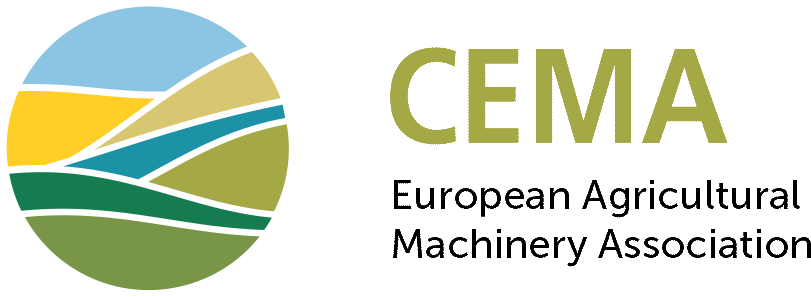Road circulation requirements for mobile machinery - Summary on public Consultation out
The European Commission is considering the possibility to develop a proposal for harmonising technical safety requirements for the road circulation of non-road mobile machinery, self-propelled and towed. To this end, a public consultation was opened to the general public in order to collect views.
On the consultation two main policy options were put forward:
- European approval of the entire machine (old approach),
- self-certification with CE marking according to the New Legislative Framework.
As Member States are keen to be involved in checking certain critical requirements for EU type approval, two sub-options were further defined:
- either full EU type-approval with all requirements described in EU legislation and all requirements checked by the Testing Stations, or
- a hybrid approval with only some critical requirements like braking and steering, to be checked by a Testing Station. The other requirements will be under self-certification of the manufacturer. That is industry’s preferred option and supported by CEMA: leaving authorities a role to control but taking into account the small volumes and many types with the off-road sector.
From the consultation’s summary recently published HERE, 61% of the respondents are in favour of such hybrid approach.
Moreover, the main reason for continuing with this European harmonisation was given: Ease to sell machines in other EU countries for manufacturers (73%), users can easily use machinery across intra-EU borders (73%), faster approval procedures for manufacturers (69%), lower costs for manufacturers (65%), lower product prices for users (55%) and increased safety (51 %).
It is expected that before summer the European Commission will end the impact assessment procedures and will start preparing the draft proposal. It is most likely that a legislative proposal with the European Commission’s approval will be released in 2022.







